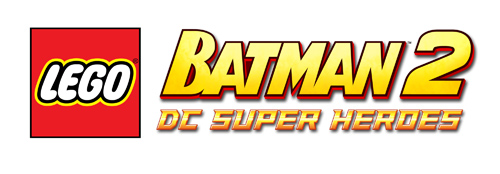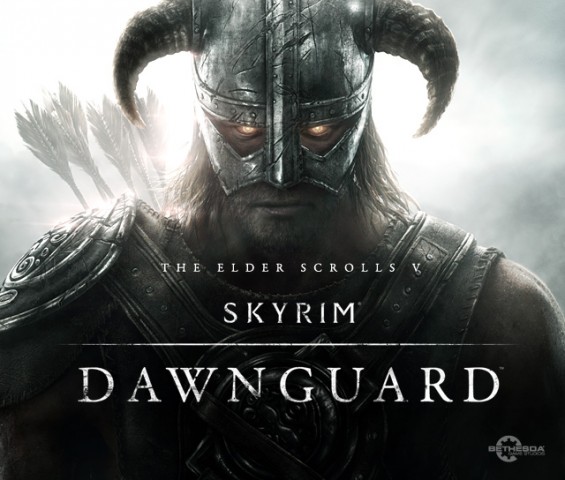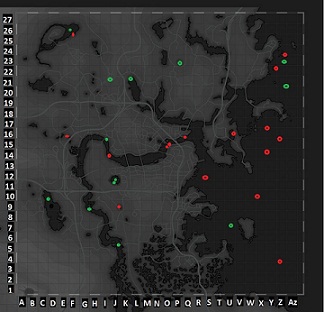

No matter how compelling a video game might be, it’s nice to be distracted every once in a while — and the best kind of distraction is the game-within-a-game. Side quests and subplots are fine, but there’s something about minigames (when properly executed) that truly fleshes out the experience.
For example, Final Fantasy VII is notorious for the numerous minigames that can be played at Gold Saucer — the battle arena, the arcade, the chocobo racing, and more. And while these are all great, there’s one particular kind of minigame that always garners a different kind of interest: the card game.
With the recent launch of Witcher 3, gamers received another RPG that comes complete with a fictional in-world card game. It’s pretty good, too, so we thought now would be a good time to revisit the best card-based minigames we’ve ever seen.
Let’s start with the one that inspired this piece: Gwent from Witcher 3. This is a card game that doesn’t feel like a traditional card game, which can be good or bad depending on what you’re looking for. It’s not the most original idea, but it feels new, and that’s good enough for me.
How It’s Played: Two players, each starting with 10 randomly drawn cards, take turns placing one card at a time on the board. Each card has a point value (called “strength”), and whichever player ends with the most points on the board is the winner of the round. Sounds simple enough, right?
Here’s where it gets unique. In addition to point value, each card has a position (either “melee”, “ranged”, or “siege”). The board is split into three rows for each player — one row for melee, one for ranged, and one for siege — and these are just there to limit where cards can be placed.
Unit cards can also have special abilities, like increasing another card’s strength or recovering discarded cards. Finally, there are weather cards that diminish the effectiveness of certain positions (for example, frost reduces all melee cards to one strength).
Gwent is three rounds long, so the first player to win two rounds is the victor. The catch is that you only have the initially drawn 10 cards for all three rounds. When a new round starts, you don’t replenish your hand.
Why It’s Great: Gwent isn’t going to win any awards for “Most Innovative Mechanic” or “Best Card Game of the Year”, and it’s not as complex as a real card game like Hearthstone or Magic: The Gathering. However, it deserves a bit of credit for being more than just a number-based logic game.
The interplay between unit cards, abilities, positions, and weather means that there’s a good bit of strategy involved when playing Gwent. It’s reminiscent of a true collectible card game that’s been pared down just enough that it remains strategic while staying fast-paced and straightforward.
Having debuted fifteen years ago, Triple Triad from Final Fantasy VIII is arguably the one that sparked this whole fascination with card-based minigames in the first place. Not to say that it was the first one of its kind, but it definitely popularized the idea.
How It’s Played: Triple Triad is a head-to-head game played on a three-by-three grid. Each card has four different values (ranging from 1 up to A), one for each of the cardinal directions: up, right, down, and left. The two players take turns placing one card on the board at a time.
The goal is simple. When you place a card down, it’s compared to all adjacent cards. If your card’s value for that edge is greater than the adjacent card’s value, you gain possession of that card. When all board spots are filled, whoever possesses more cards is the winner.
Triple Triad also has a few special game modes, such as allowing combos and chains depending on how you capture opponent cards.
Why It’s Great: Triple Triad is the perfect combination of simplicity and depth. The game rules are easy to pick up, even a complete newbie can understand how to play within minutes. The strategy is there, but it’s not overwhelming.
But I think a lot of the draw behind Triple Triad came from the collectible aspect. Each card embodied a creature in the game or a major character in the story. Getting a Bahamut card was just as awesome for its stats as it was for the achievement that it represented.
The real testament to Triple Triad’s greatness is that I would want to play it if it was an actual game in real life. It had a limited run with printed cards, but unfortunately it was only in Japan and it died out pretty quickly.
Following up on the success of Triple Triad, Squaresoft implemented a more complex card game in Final Fantasy IX called Tetra Master. While most people consider Triple Triad to be the better game, Tetra Master has its own quirks that are worth recognizing.
How It’s Played: Since the original game was played on a three-by-three grid, it naturally follows that this one would be played on a four-by-four grid. And instead of each card having four cardinal values, Tetra Master shakes it up with a system that verges on convoluted.
Each card still has four values, but they are sequential and each represents a different stat:
When a card is placed, it attacks adjacent cards. Cards have arrows that designate the directions in which they attack. Results are resolved based on the attacker’s Power and the defender’s Defense; which Defense is used depends on the attacker’s Battle Class.
Why It’s Great: The rules of Tetra Master make it abundantly clear that the evolution of this card game is way more complex than its predecessor. However, that extra bit of complexity — combined with the increased board size — does provide a healthy increase in strategy.
I have to admit that the Tetra Master systems have a nice touch of originality to them. The fact that a card can be easily summed up as “3P60″ is convenient, even if it is a bit tough to decode at first glance.
In the end, Tetra Master is the better game for those who really want to think, which is probably why it will never surpass niche appeal. For simpletons like me, Triple Triad is preferable.
Moving away from the complicated fantasy card games, we arrive at Pazaak from Knights of the Old Republic. This card game, which fans of KOTOR tend to love, is like a futuristic version of Blackjack.
How It’s Played: This head-to-head game is played on two separate three-by-three grids, one for each player. Cards in Pazaak are numbered between 1 and 10 and can be either positive or negative. During each player’s turn, they receive one card from the house, and then play one card from their hand.
The goal is to make the cards on your board sum up to 20 without going over. If you go over, you lose. If your opponent goes over, they lose. On the flipside, if you fill up your board while staying under 20, you win. The first to win three games is the victor.
Why It’s Great: There’s a reason why Blackjack is so popular around the world: it’s simple, strategic, but has just enough luck to make it exciting without being frustrating. As an evolution of the concept, Pazaak retains all of what makes Blackjack great while presenting a twist on the gameplay.
I think what broadens the appeal of Pazaak is that you aren’t directly playing against your opponent. It has more of a “I play my game, you play your game, and we’ll see who plays better” feel to it, which makes losses easier to swallow and reduces the stressfulness that would be there if it were more of a competitive game.
Fallout: New Vegas takes place in a near-future post-apocalyptic world that can be pretty dreary, which is why it’s awesome that Bethesda included an in-world card game, Caravan, to give you a breather from it all. It’s little details like this that make New Vegas worthy of Game of the Year.
How It’s Played: Caravan is played using regular playing cards that are collected throughout New Vegas. Each player attempts to build three separate stack of cards (called “caravans”) such that each one sums up to a value between 21 and 26, inclusive.
Each stack is matched against one of the opponent’s stacks. The goal is to outbid the opponent in each matchup while staying within the 21 to 26 limit. An extra dose of strategy comes from the usage of face cards, which can disrupt the flow of gameplay. For example, Jacks can remove cards from the board.
Why It’s Great: There are elements of Blackjack here, which means the rules are familiar for players and therefore easy to pick up, but the overall gameplay is unique enough that it feels like its own thing. In worldbuilding terms, Caravan makes New Vegas feel like a living, breathing world.
But the gameplay itself is fun, and that’s what really matters. The fact that you can bet currency against your opponent and walk away with a heavier wallet is just icing on the cake. It’s a great way to pass the time without feeling like you’re wasting time.
What I like about the aforementioned card games is that they’re all robust enough that they could be actual games in the real world if somebody went ahead and produced them. Triple Triad already attempted something like that, and I think it would be awesome if the others tried something similar.
But these aren’t the only ones out there, I’m sure. Which card-based minigames have I missed? Which ones do you like the best? Share your thoughts with us in the comments below!




 Lego Batman 2: DC Super Heroes Guide
Lego Batman 2: DC Super Heroes Guide The Elder Scrolls V: Dawnguard:Achievements and Trophies
The Elder Scrolls V: Dawnguard:Achievements and Trophies Fallout 4: Underwater Secrets / treasures map - tips
Fallout 4: Underwater Secrets / treasures map - tips FIFA 11 Skills Tutorial - Dribbling
FIFA 11 Skills Tutorial - Dribbling How to Build a Spaceship in the Sims 4 and Explore Space
How to Build a Spaceship in the Sims 4 and Explore Space